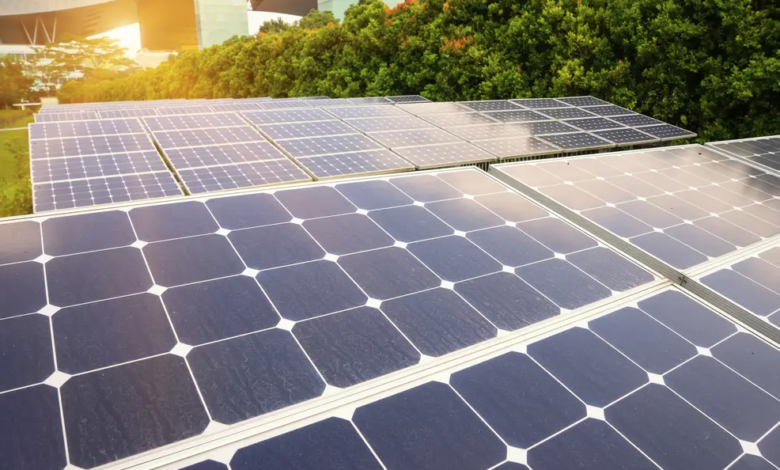Solar module performance degradation: 13 panels compared
Analysis of solar performance degradation in new photovoltaic modules
(sustainabilityenvironment.com) – Photovoltaics is one of the cheapest and fastest growing electricity generation technologies in many parts of the world. The cost of panels has decreased by 85% since 2010, thanks to a number of competing factors. From economies of scale to automation of production lines, from new cell designs to larger module sizes, to improvements in components. A group of researchers in the United States questioned whether or not all these changes could affect the solar module degradation performance, the durability and reliability of solar panels, and consequently the whole plant.
In order to obtain certain answers, the team, led by scientists from Sandia National Laboratories, launched in 2017 a study on the degradation of photovoltaic modules. The work analyzed and measured the performance in real conditions of 834 panels representing 13 types of modules provided by 7 different manufacturers. “The PV market is constantly evolving but long-term field data is lacking for these new technologies,” says Marios Theristis, head of the research team. “This raises the question of whether the duration has been affected or not”.
The goal was to test the solar module degradation performance rates over time for all those technologies with a significant market share in the United States, testing them for five consecutive years in three different climates (New Mexico, Colorado and Florida). And today the results are ready. “The purchase of photovoltaic modules directly from the open market has allowed us to conduct an impartial analysis and inform the public anonymously,” explains the scientist.
Solar module performance degradation, the results of the study
The researchers found that the degradation rates of photovoltaic modules are highly non-linear over time and that there were seasonal variations in some types. And that the mean and median values of the degradation rate (respectively -0.62% and -0.58% per year) were consistent with those boasted by older products. In detail, of 23 systems studied, the research found that six had degradation rates that would exceed the guarantee limits in the future. Thirteen systems, on the other hand, have shown the potential to reach lengths of more than 30 years.
“This is an encouraging result. With the increase in PV installations, consumers and other stakeholders will be interested to know that the life of PV seems to be consistent with rapid technological improvements and cost savings,” said Marios. “There are still opportunities to reduce degradation rates to levels that allow even longer life of photovoltaic modules”.






